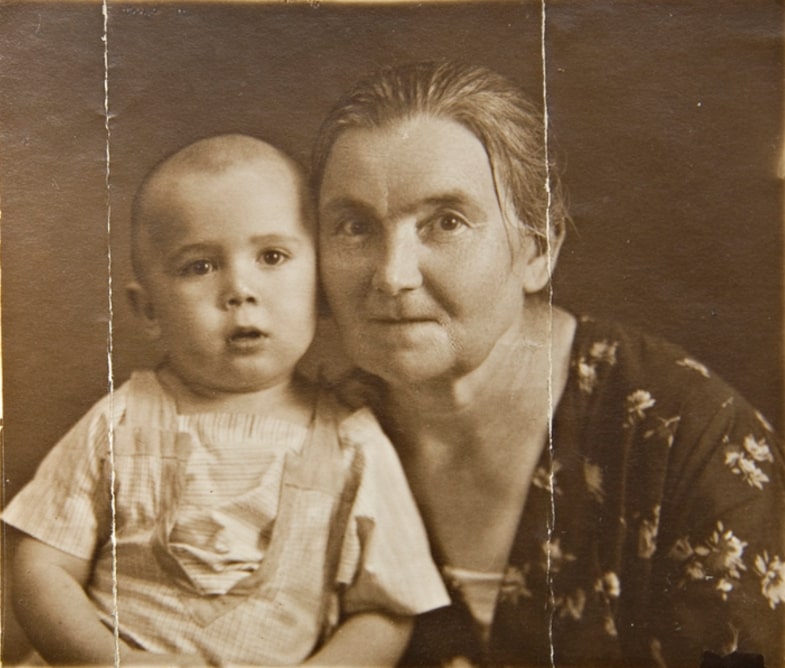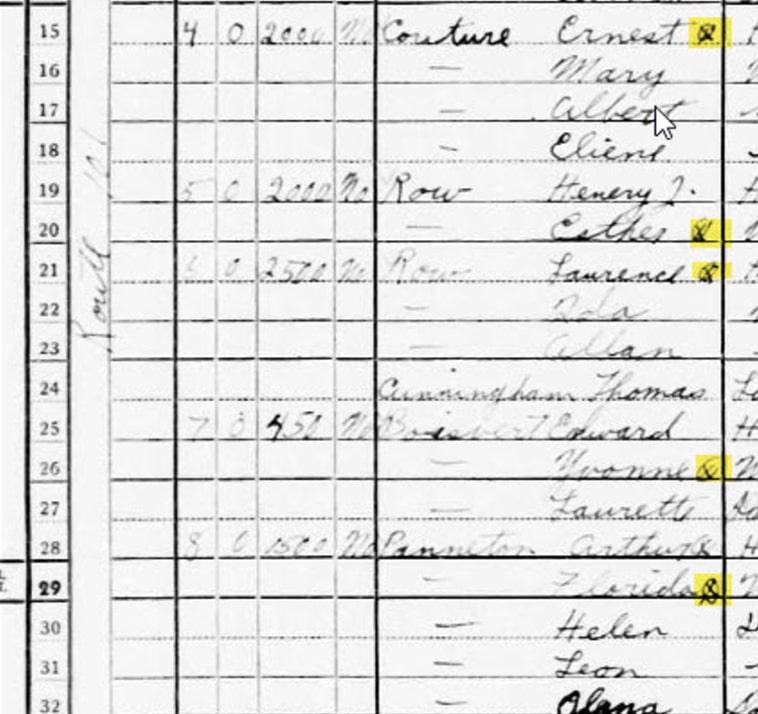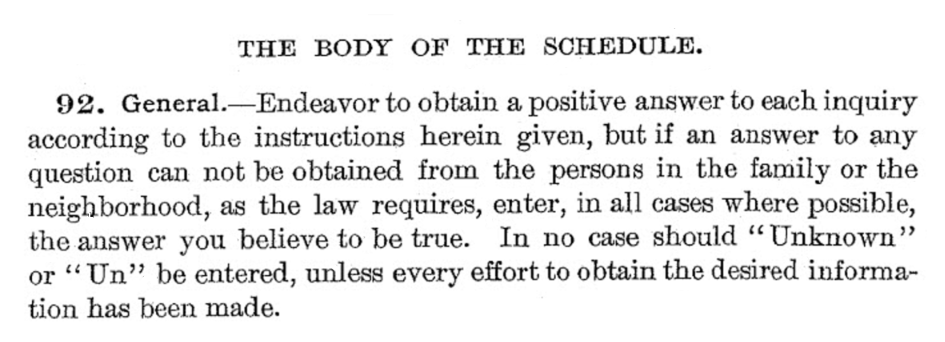Introduction: In this article, Gena Philibert-Ortega gives tips for judging the accuracy of an ancestor’s age in a census record. Gena is a genealogist and author of the book “From the Family Kitchen.”
Imagine you’re researching the U.S. census and you find your grandmother – but her age seems off. In each census she is listed as younger than she should be. She’s not 10 years older than the previous census, but may be only 5 or 8 years older. Or maybe she’s listed as older than she really is. What gives?
The usual answer I see posted on social media is that grandma was vain and wanted people to believe she was younger or older than she really was. That might be true, but let’s analyze that answer for a moment.

Photo credit: https://depositphotos.com/home.html
What’s the Answer?
There are actually three ways you could answer the inconsistencies in grandma’s age listed on the census:
(1) She wanted people (like a new husband) to believe that she was a different age.
(2) She (and her family) didn’t really know how old she was.
(3) That’s not your grandma.
Let’s address answer #3 first. Genealogy can be difficult. One reason is due to “same name” problems. We researchers like to think our family names are unique, but most likely someone out there has a similar name and is about the same age. This is one explanation for an ancestor’s inconsistent age.
Assuming that you have analyzed the records you find and that it really is your grandma, let’s explore answer #2.
Did She Know?
Did grandma and her family really know how old she was? This may seem like a ludicrous question, but in reality the answer is “maybe not.”
First let’s consider two issues with that reported age in the census.
As you look at the U.S. census, keep in mind that except for the 1940 U.S. Census, there is no indication as to who the informant is (the person who answered the enumerator’s questions).

Genealogy Tip: The informant on the 1940 U.S. Census is indicated with an encircled “x” to the right of the name.
You may think the informant was obviously the head of the household or their spouse, but in reality, you just don’t know. It actually could be someone who is not even a family member, as made clear by the enumerator instructions for the 1900 U.S. Census:

Another issue is age. Age wasn’t as important to our pre-20th century ancestors as it is today. These days you have to show identification when doing all kinds of activities, from attending school, to getting a driver’s license, to applying for employment. This wasn’t the case prior to the 1900s.
Susan Pearson writes in her book, The Birth Certificate: An American History:
“…in 1868 even those few Americans who had their births registered would have been unlikely to ever use a certificate of birth to establish the facts of themselves, their name, place and date of birth, their parentage… if questioned about any of these things, they would have relied on the testimony of relatives, friends, and neighbors, or what they would have adduced from the family Bible or other personal papers.” [p. 1-2]
When the census enumerator came around, your ancestor most likely gave the age they thought they were or guesstimated. They also didn’t consider 10 years later, when the enumerator came around again, that they needed to be 10 years older than what they said the last time the census was taken.
Age Matters in Today’s World
What changed so that today, we know exactly how old we are? Nationwide birth registration became consistent in the mid-20th century. By about the 1940s nearly every baby born was registered. Prior to that, birth certificates or delayed birth certificates were required for things like applying for Social Security, military service and war work during World War II, and attending school.
Am I saying that no one ever lied about their age? No. But for our ancestral families, knowing their age or having proof of their age wasn’t necessary. Even when they had to prove who they were, they used things like affidavits, family Bible pages, and even needlework samples for Revolutionary War pensions.*
So, the next time you see an age on the census or even a marriage license, keep in mind it may not be accurate but instead a guesstimate based on someone who did not have access to the documents we now take for granted.
* See the National archives article “Remember Me: Six Samplers in the National Archives” by Jennifer David Heaps at: https://www.archives.gov/publications/prologue/2002/fall/samplers-1.html
Explore over 330 years of newspapers and historical records in GenealogyBank. Discover your family story! Start a 7-Day Free Trial
Note on the header image: old photo of a woman. Credit: https://depositphotos.com/home.html

Check the birthdate and the date of the census. The person might have been giving an age based on a recent birthdate. I think the census was supposed to be taken based on the required date -– who lived there at that time, age, etc. In fact, the census was taken on varying dates and the informant may have given the answer based on the actual date the information was taken -– sometimes several weeks apart. Therefore, people are “found in two places,” when they were just visiting on the day the census was taken or had moved in the meantime and, in both instances, may have been counted twice. Not everyone could be counted on the exact day the census was supposed to be taken.
One should also look at the date the census was actually conducted. Since it can be different in successive years, the actual birth date may may be before or after the day of census record. This can result in the age appearing to be inconsistent.
Sometimes I think it can be the bias of the person taking the census -– my grandmother was four years older than my grandad. I can clearly see on one of the censuses where their correct ages had been written in -– and then erased and re-filled in to make my grandad four years older than my grandma! Obviously, the census taker couldn’t imagine a married couple where the wife was older than the husband.
Censuses taken early in life are more likely to be accurate. A parent is more likely to give an accurate age for their kid when they’re 3 years old, rather than a census 50 years later when the kid is 53.